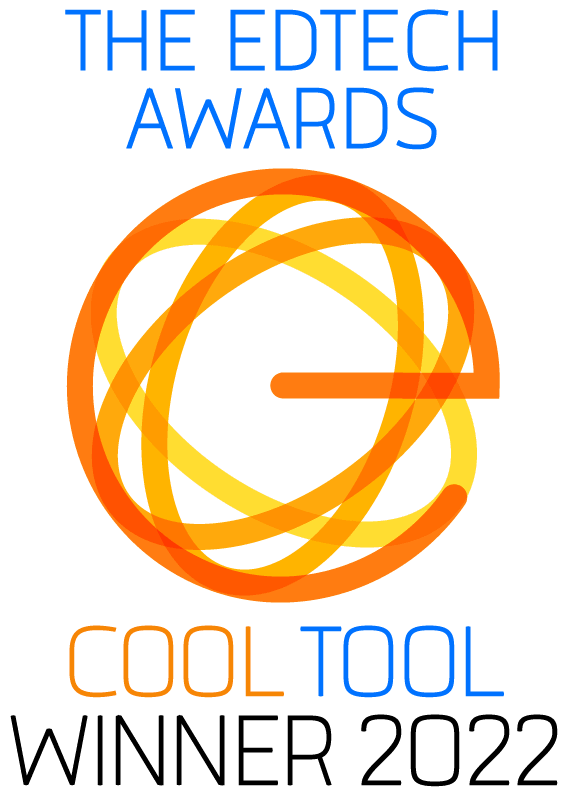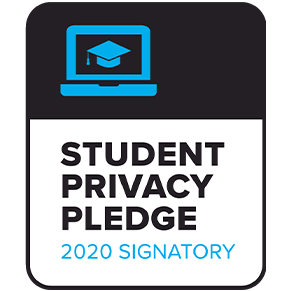Literacy Strategies
If students are not familiar with informational text forms, literacy can be a big challenge. The DBQ Project provides teachers with both the content and strategies for increasing literacy among students. As research in social studies literacy recommends, we help teachers instruct students in stages.
Before Reading and Learning
All DBQ Project DBQs include a hook exercise to engage students in the question they will answer. Hooks, which students do before they see any documents, include clarifying vocabulary, considering controversial questions, or ranking the importance of events or concepts.
All DBQ Project DBQs include a short background essay that builds vocabulary and context to help students understand ideas they will encounter in the documents. Building context levels the playing field by ensuring that everyone has a contextual introduction to the historical question under consideration. Too often, in the name of rigor, teachers hand students DBQ like activities when only some in the classroom are primed and ready to handle the difficult task. To build context efficiently is the essence of our Background Essay approach.
During Reading and Learning
All DBQ Project DBQs are written at two different levels to support students on their level of learning. Scaffolding questions guide students to key facts and concepts in each document.
Document Analysis sheets provide graphic organizers that offer less scaffolding but thorough guidance in document analysis.
All documents come with source information that allows students to know and interrogate the sources of each document.
After Reading and Learning
DBQ Project units culminate in writing an argumentative, analytical essay. Students must use evidence from documents they have read to answer the question.
Since writing is hard work, we structure the transition from document analysis to writing with our Thrash Out and our graphic organizers.
We provide guided essays that heavily support students who are new and inexperienced at analytical thinking and writing.
Back to Best Practice Alignment

